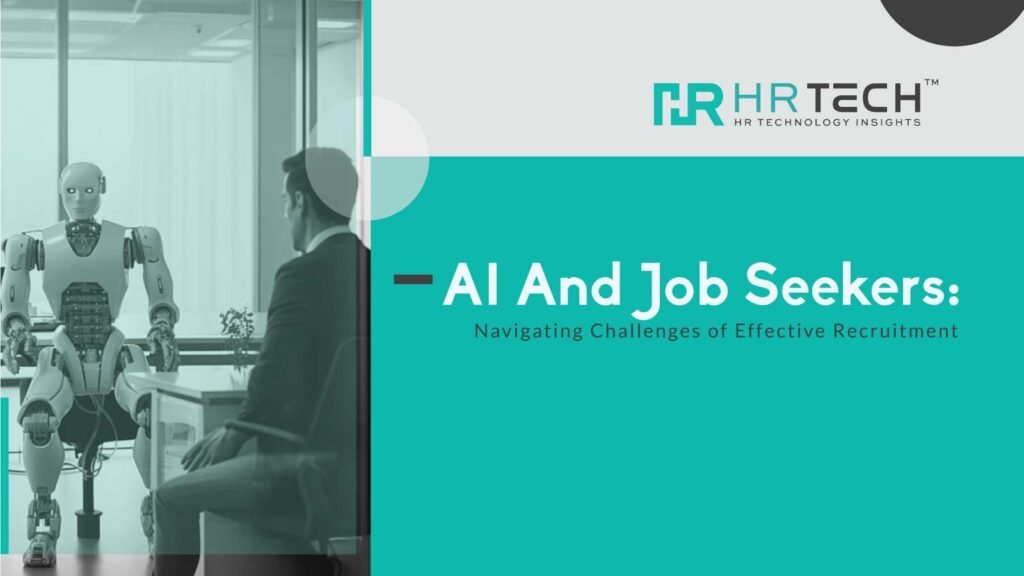Introduction
AI has been a huge help for the entire recruitment process as well as for the job seekers. But, it also navigates through challenges and deception of recruitment. Artificial intelligence has turned everything upside down in the market, with it exciting and daunting effects at the same time. On the positive side, AI technologies can automate recruitment, send candidates to personalities that best match the job, and continually support employees 24/7 through intelligent virtual assistants. AI will better assess skills, guess career paths, and negotiate salaries more easily.
On the downside, one of the significant consequences of the transition to AI is the possibility of losing jobs and algorithmic bias. A further advancement of AI would mean that the probability of replacing at least some jobs may increase, consequently increasing unemployment. In addition, if not developed or applied ethically, algorithms for AI could perpetuate existing biases and inequalities.
To navigate this complex landscape, job seekers should be updated on the latest developments in AI and how they can exploit these technologies in their favor. Gaining knowledge about how AI is used to recruit, and skills related to AI would position individuals for a place of security in the future of work. Thus, AI’s success in the labor market is clearly dependent on developing, implementing, and regulating it. If we work to address such challenges and maximize opportunities, we can harness AI’s power to create a more equitable and prosperous future for all.
Read HR Tech Blog: Top 10 Tips On How AI Will Build A New Era Of Employee Experience Platforms
Hiring has become more complicated as AI challenges the use of people. Most managers have not been equipped to sieve, interview, and select applicants for various roles within an organization. It gets worse because companies do not provide adequate training to their managers.
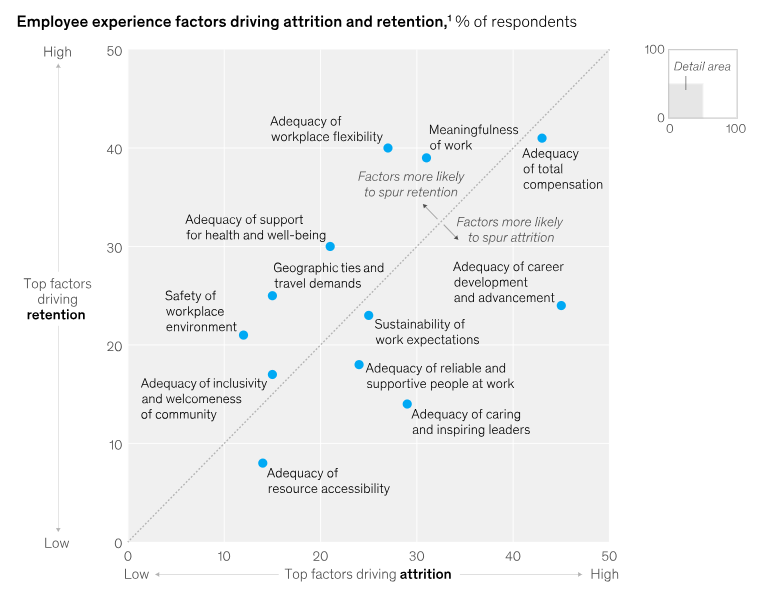
The job market is consequently facing great challenges. The process of job application has been proven to be sophisticated and cannot be easily navigated by untrained managers. Further in this article, we talk about the problems that this fake AI brings to job applications along with an overview of the current situation in the job market.
Top 10 Challenges of Deception and Effective Recruitment
The recruitment process can be challenging, especially in the face of deception and complexities of advanced recruitment. There are 10 top challenges of deception and effective recruitment:
#1. AI-generated Deception
The rise of artificial intelligence has revolutionized the professional arena in ways more unbelievable than anything anyone could have imagined. However, there is an interesting negative spin: the increasing ease with which job applicants can create fake resumes, cover letters, and online profiles. This phenomenon, coined as AI-generated deception, has made it even more problematic for recruiters to ensure the validity of candidates’ claims.
#2. Ghosting Candidates
This phenomenon of ghosting, where the conversation is abruptly stopped without explanation, is one of the fastest-growing issues in the job market today. Most companies do this when interviewing candidates, and then they just disappear, which leaves the interviewee frustrated, unsure, and disrespected. This can potentially damage the candidate’s experience while simultaneously injuring the company’s reputation.
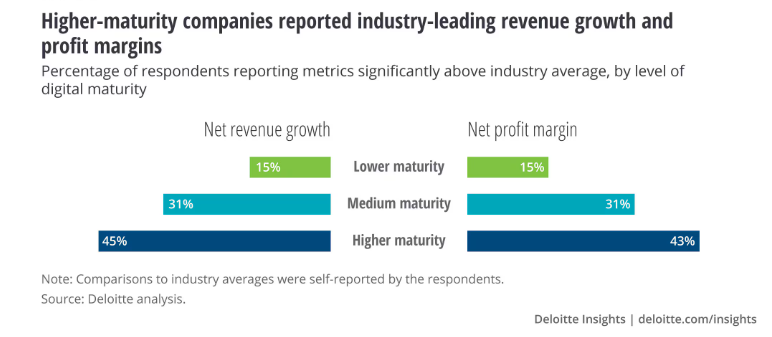
#3. Biases In Hiring
Unintentional biases may creep into the recruitment process, leading to various discrimination against a certain group of ideal candidates. Unconscious bias also referred to as implicit bias, is the preconceived judgment or stereotypes that individuals hold but are not conscious of. Hence, they can easily creep into the hiring process and lead to discrimination against certain groups. Such is a serious challenge that companies ought to address to ensure proper hiring practices.
Read HR Tech Blog: 10 HR Trends To Adapt In Business To Gain Traction
#4. Lack of Transparency
Transparency is very basic in the hiring process where the employee can have confidence and trust with the candidate. Where companies fail to be transparent, candidates feel frustrated, uncertain, and disengaged. Lack of transparency may impair a firm’s reputation and make it hard to attract top talent.
#5. Skills Gap
The mismatch between the skills the job seekers have at their disposal and the skills the employers are demanding in the contemporary job market is the skills gap. This gap can make it arduous to find the right candidates for a position and also influence productivity and innovation negatively.
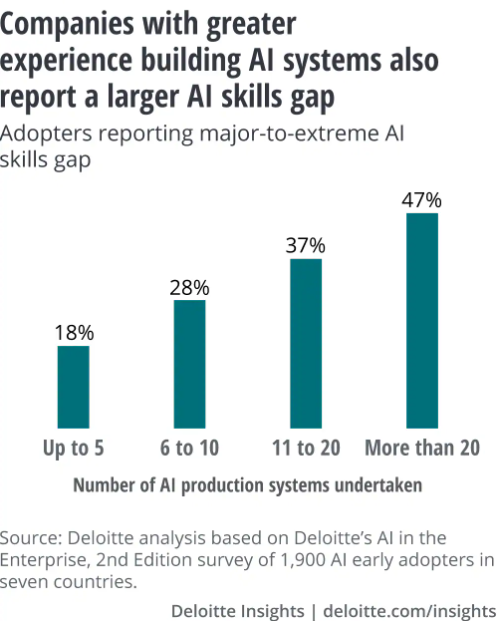
#6. High Turnover Rates
High employee turnover directly hurts companies by causing financial and operational losses. Employees leave frequently, which causes issues in teams, reduces productivity, and increases costs. Replacing employees costs their companies time and money; also, the business may face knowledge gaps and become involved in customer dissatisfaction processes.
The company should focus on retaining employees through engagement, career development, positive work culture, and competitive compensation, and through onboarding. This is how an organization can solve the root causes of turnover and create a more stable and sustainable environment.
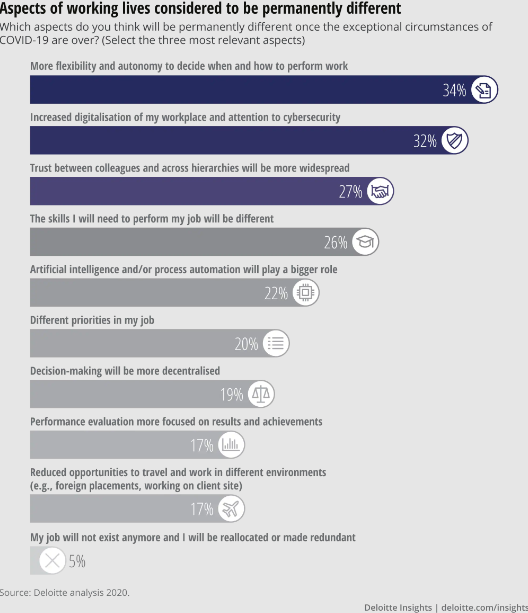
#7. Limited Candidate Pools
A limited pool of candidates often makes it difficult for companies to fill open positions quickly. Moreover, competition from top-tier talent could become so stiff that increases salaries and benefits. The only route through which an organization would overcome this is by using some innovative recruitment strategies that include finding talent in new geographies, offering a handsome salary and benefits package, or investing in programs for talent development.
#8. Cultural Fit
Most important for the long term is a good cultural fit between the new employee and the company. When employees share the values, beliefs, and work style at the company, there is a better chance that they will positively engage with their jobs, be productive, and be satisfied with what they do. Still, assessing how well a candidate fits into the organization’s culture is very challenging.
Read HR Tech Blog: Top 10 Tips On How AI Will Build A New Era Of Employee Experience Platforms
#9. Remote Work Challenges
Although employees move into a more remote setting to do their work, the challenge for companies nowadays is keeping virtual teams productive and engaged. Effective communication, combatting isolation, managing time zones, maintaining supervision, and handling technology issues are the main aspects that make a remote team successful. Thus, meeting such a requirement requires companies to commit to regular updates, ensure there are transparent expectations, foster virtual teamwork, adapt to flexible work conditions, and provide adequate technology support.
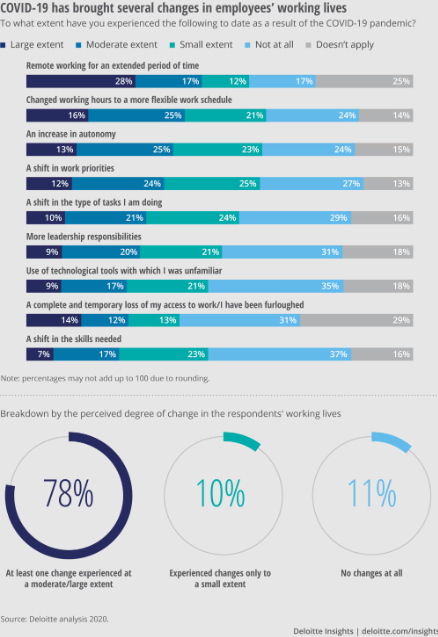
#10. Lack of Diversity and Inclusion
Diversity and inclusion (D&I) are important components of a healthy workplace. Companies that foster diverse workforces have the potential for deeper insights, higher levels of creativity, and better problem-solving capabilities. However, many companies fail to find true D&I, leading them to lose great talent, sustain a terrible company culture, and perhaps face legal issues.

The Future Of Work: Navigating Through Challenges And Opportunities
Access to a structured recruitment process and the added value through insights for job seekers and employers can give AI a significant foothold in the job market. However, it also brings along its new anxieties through AI-related deceit and biases affecting the algorithmic decision-making process.
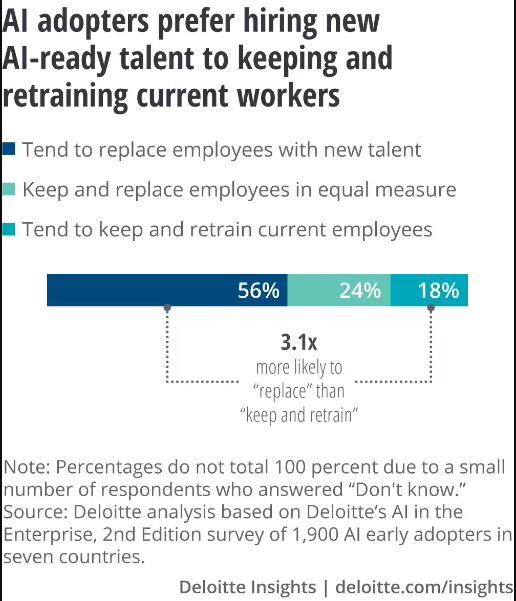
This is why applicants must be constantly updated on the most up-to-date AI technologies and related applications in recruitment. Knowing how AI is used at one’s fingertips to screen resumes, match candidates with jobs, and assess skills can correspondingly shape one’s job search strategies. Understanding the concepts of AI ethics and responsible usage can also prepare people to fight against unfairness and bias in the job market.
To share your insights, please write to us at news@intentamplify.com


